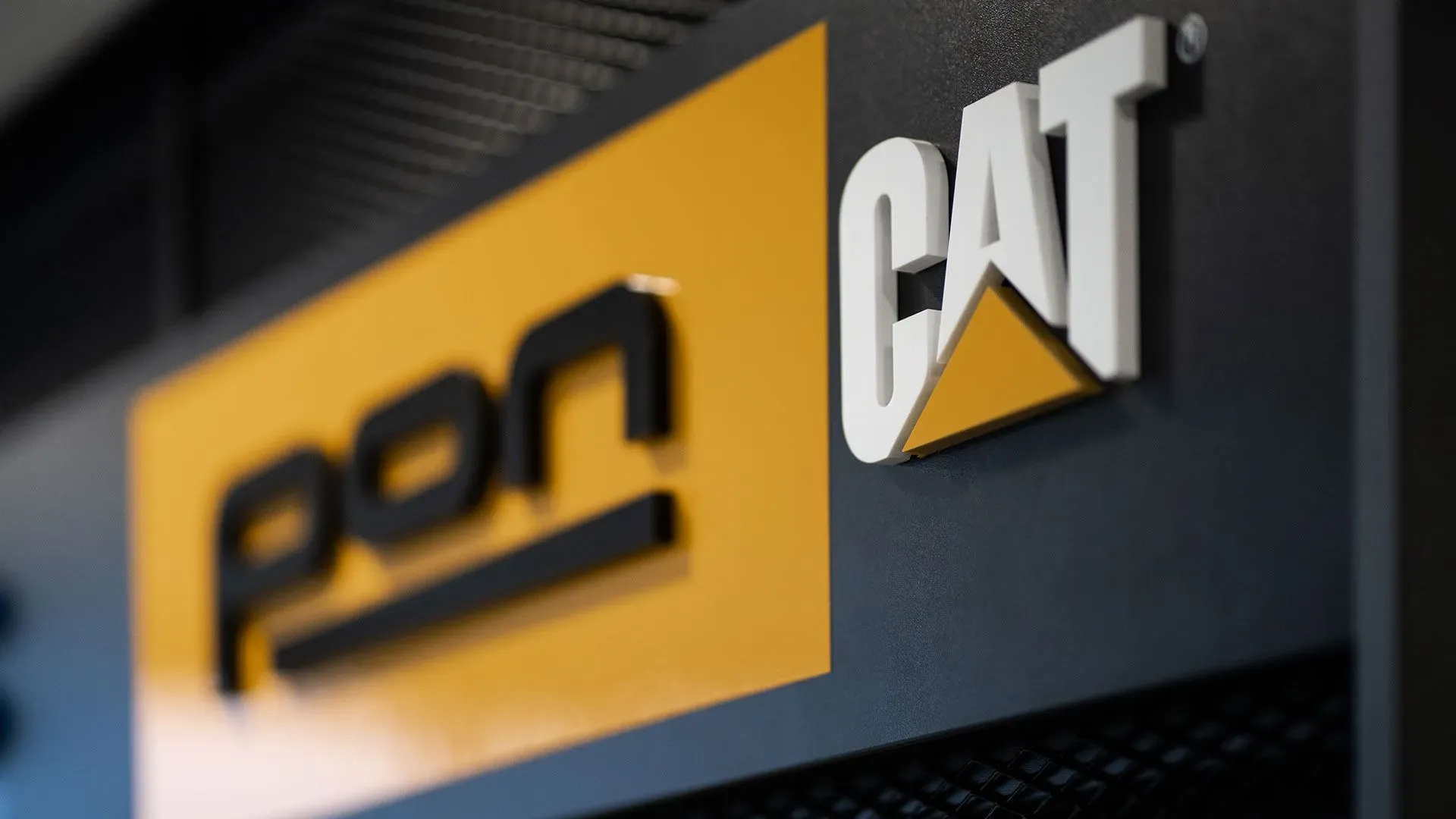
Is shore power the energy solution for ports?
Shore power, a (green) energy solution for ships moored in ports, has been receiving much more attention lately, and rightfully so. By combining new technology with improved existing techniques, this solution is becoming increasingly interesting, and government subsidies are currently making it financially more attractive as well. How does shore power work, why is it so important, and what does the future of this more sustainable energy supply look like?
How does shore power work?
Shore power is an electricity connection on the shore in ports. On sailing ships, generators are used to generate electricity, which you prefer to avoid in ports because diesel-powered engines are environmentally harmful and cause noise pollution.
The concept of shore power is not new. In the Netherlands, it is already available for inland vessels in quite a few locations. To this end, special shore connections have been installed on those ships, allowing them to make a temporary cable connection with the shore connection.
Shore power for seagoing vessels, however, is literally a different magnitude. You cannot 'just' connect such ships to the shore's electricity grid. The local grid could not handle it, and the required heavier connections for seagoing vessels are not yet available at present.
Reducing the emission of harmful substances and improving livability
“Ports worldwide are looking for ways to reduce the emission of harmful substances and improve the livability in and around ports,” says Nico van den Biggelaar, Senior Account Manager Energy Systems. “A good example of this is the Port of Rotterdam. In its shore power strategy for 2030, it states that at least 90% of moored roll-on-roll-off, offshore, ferry, and cruise ships must use shore power when moored. This aligns the Port of Rotterdam with the ambitious shore power guidelines of the European Parliament.”
“At the same time, grid operators cannot meet the increasing demand for electricity,” says Nico, “and expanding the electricity grid where needed takes 3 to 7 years. In some areas of the Netherlands, there are already restrictions for new or heavier grid connections that require grid expansion. The challenge, therefore, is how we get the right amount of (green) energy to the right place in the coming years.”

Why is shore power so important?
Nico: “It is clear that environmental regulations in ports are becoming increasingly stringent, and at the same time, the pressure on the electricity grid is increasing. This calls for new, more sustainable energy solutions for ships visiting our ports. Shore power is one of those solutions and is therefore very important in the context of the energy transition.”
“With shore power, (green) electricity is made available to ships at their berth in the port, even if the grid connection falls short. The onboard generator sets are then turned off, resulting in reduced emissions of carbon dioxide (CO2), sulfur oxides (SO2), nitrogen oxides (NOx), and particulate matter (PM). Hence shore power has a direct positive effect on both the environment and noise pollution.”
“The composition of a shore power unit depends on the location. For example, it can consist of a hybrid container with a battery pack, solar panels, and a generator running on HVO or hydrogen.”

Flexible shore power solution
Nico: “Pon Power realizes that terminals and shipping companies need a flexible shore power solution, as the possibilities vary per port location. But we also consider the future. After all, the pressure on the electricity grid is expected to increase due to the growing electrification and decentralization of energy systems. A shore power solution that works now and tomorrow requires customization. With that approach, we are actively engaging with stakeholders."

Shore power has the future
Nico: “It is clear that environmental regulations in ports are becoming increasingly stringent, and at the same time, the pressure on the electricity grid is increasing. This calls for new, more sustainable energy solutions for ships visiting our ports. Shore power is one of those solutions and is therefore very important in the context of the energy transition.”
“With shore power, (green) electricity is made available to ships at their berth in the port, even if the grid connection falls short. The onboard generator sets are then turned off, resulting in reduced emissions of carbon dioxide (CO2), sulfur oxides (SO2), nitrogen oxides (NOx), and particulate matter (PM). Hence shore power has a direct positive effect on both the environment and noise pollution.”
“The composition of a shore power unit depends on the location. For example, it can consist of a hybrid container with a battery pack, solar panels, and a generator running on HVO or hydrogen.”


